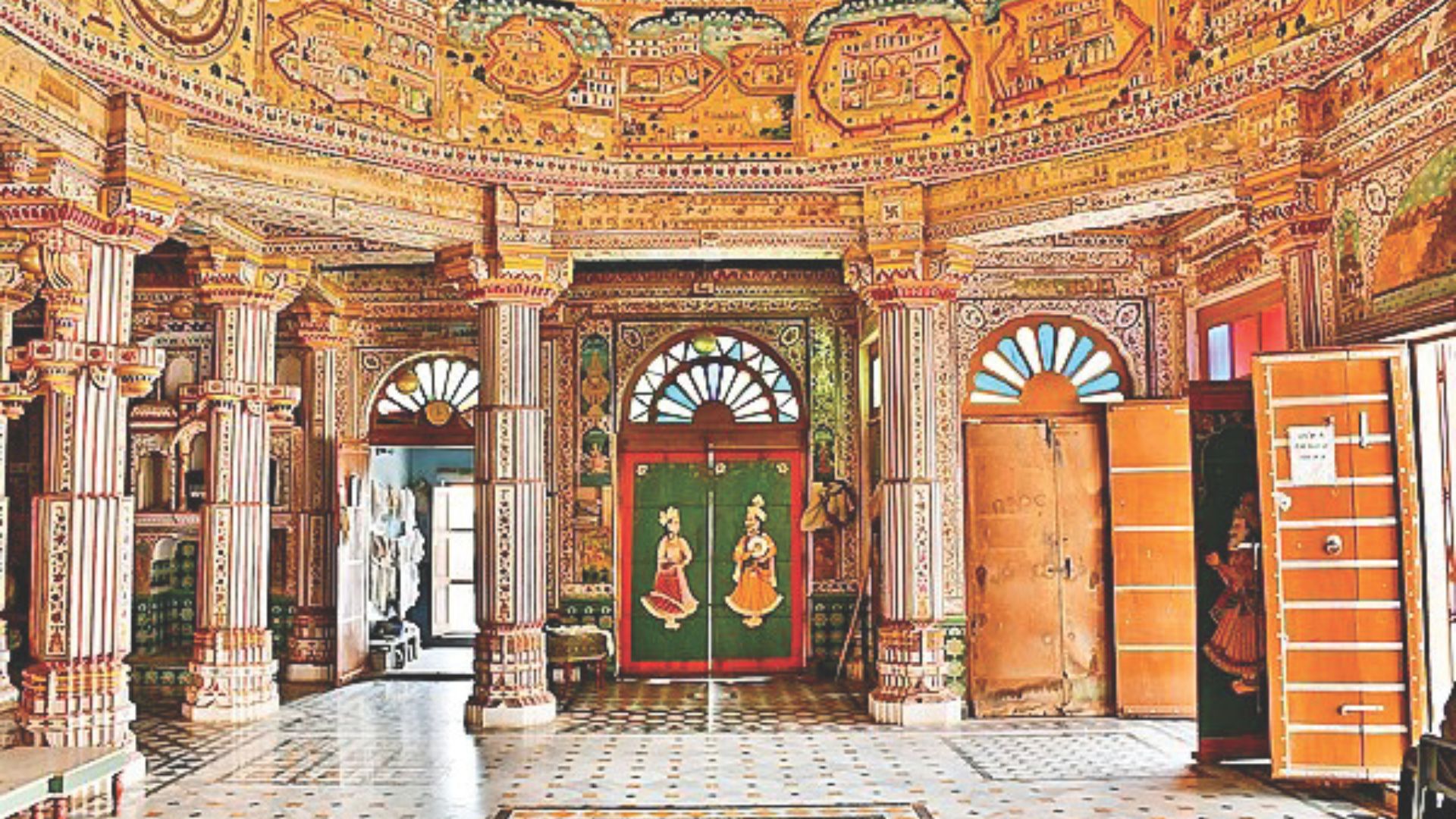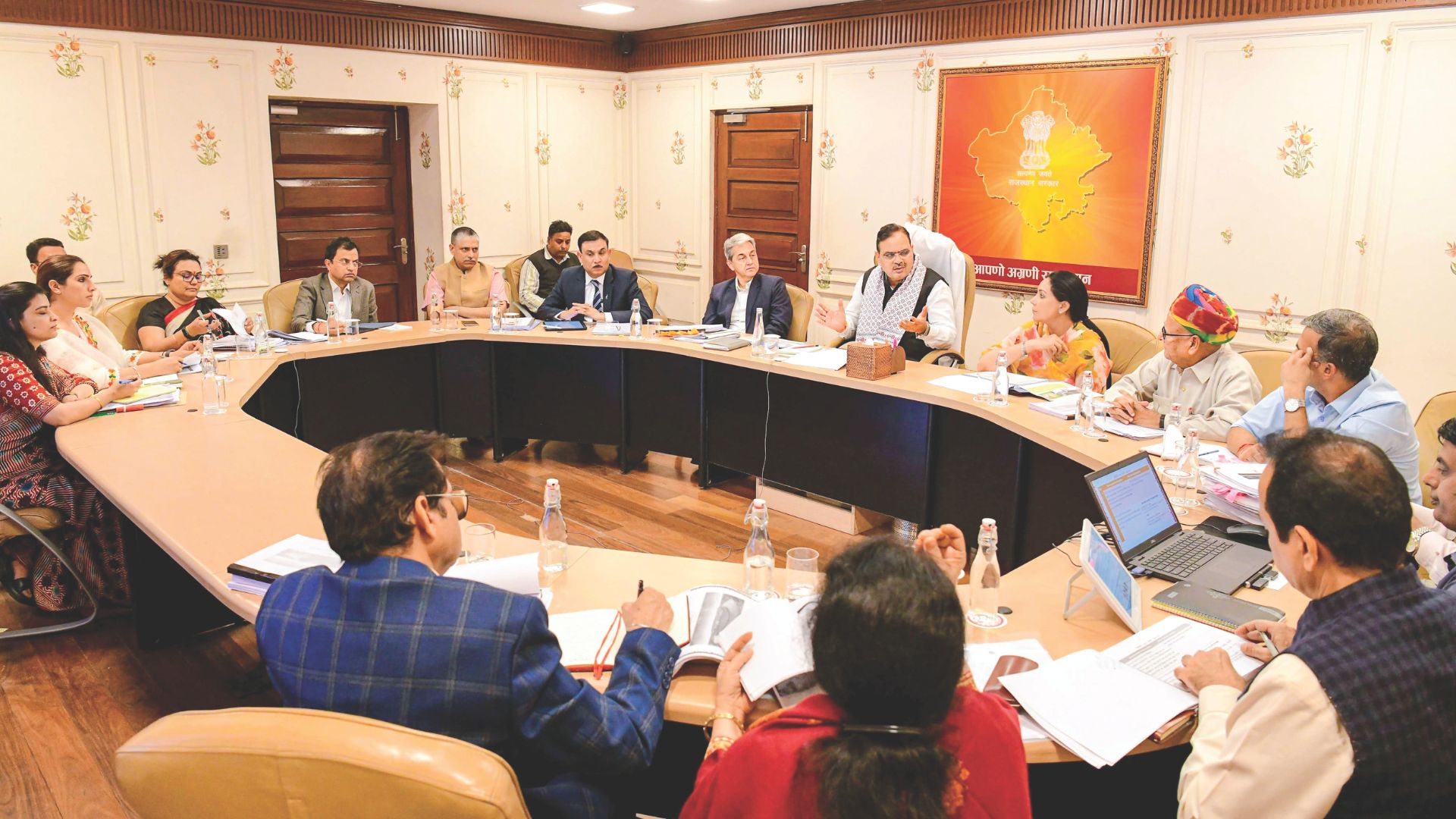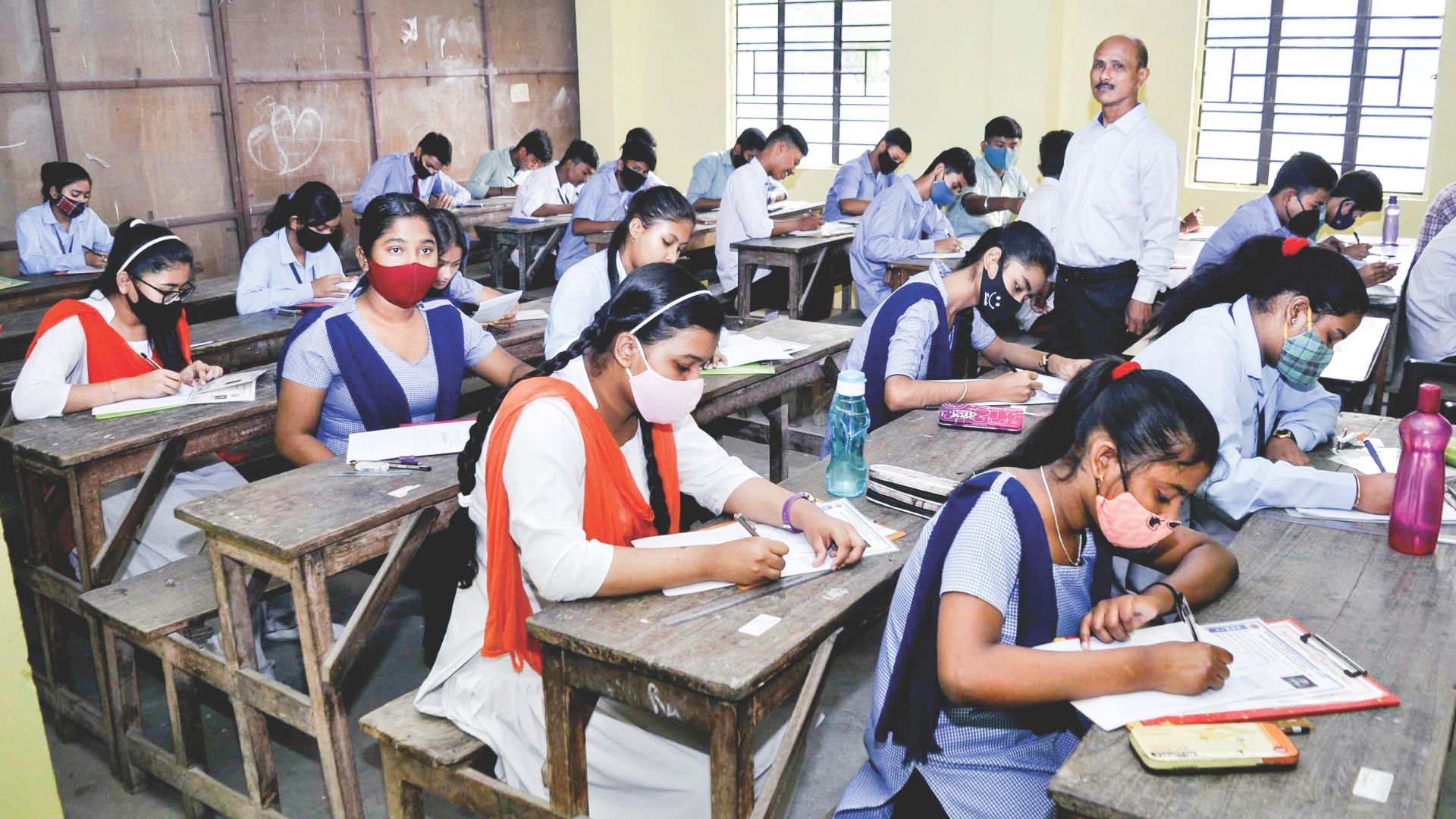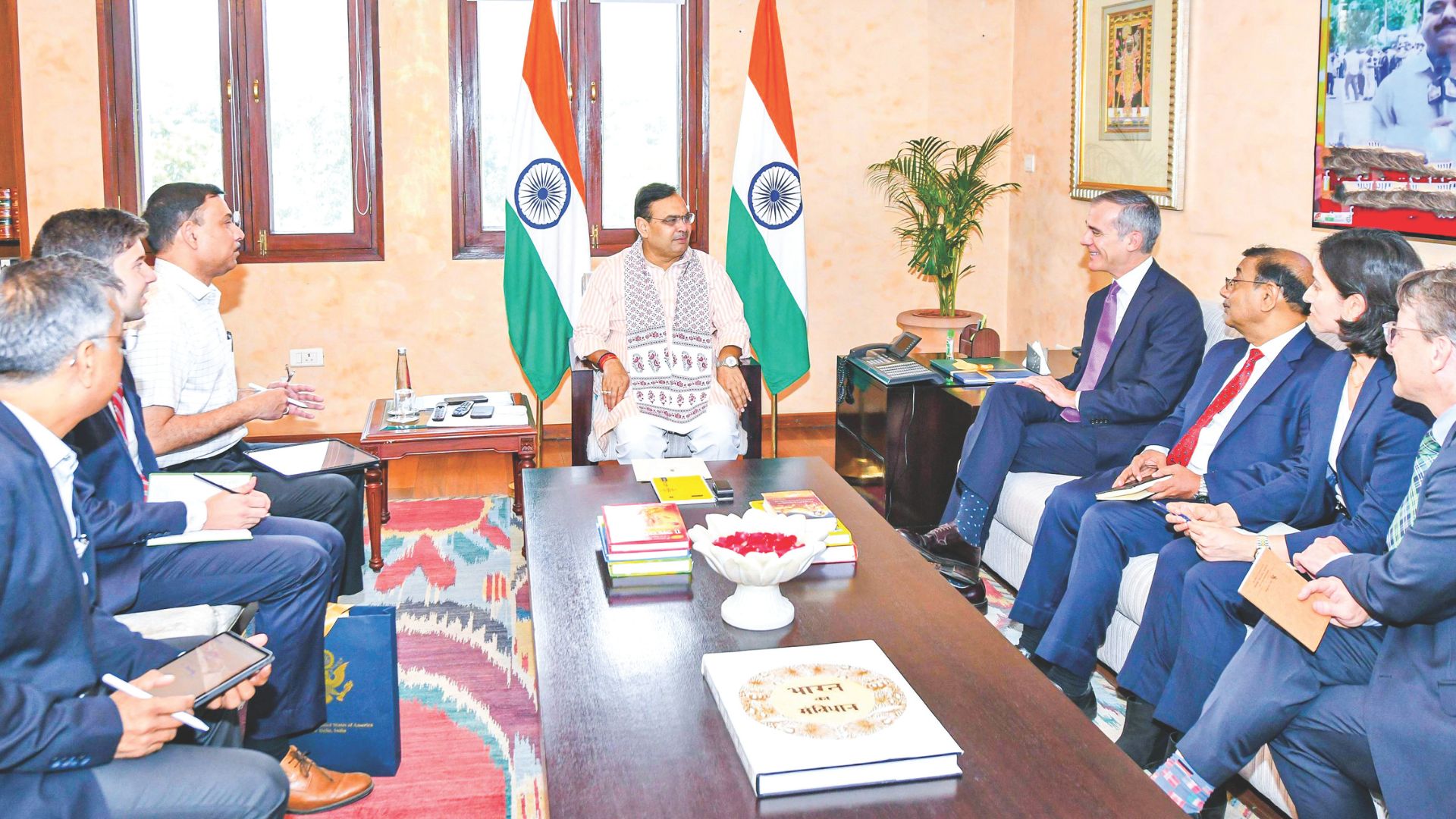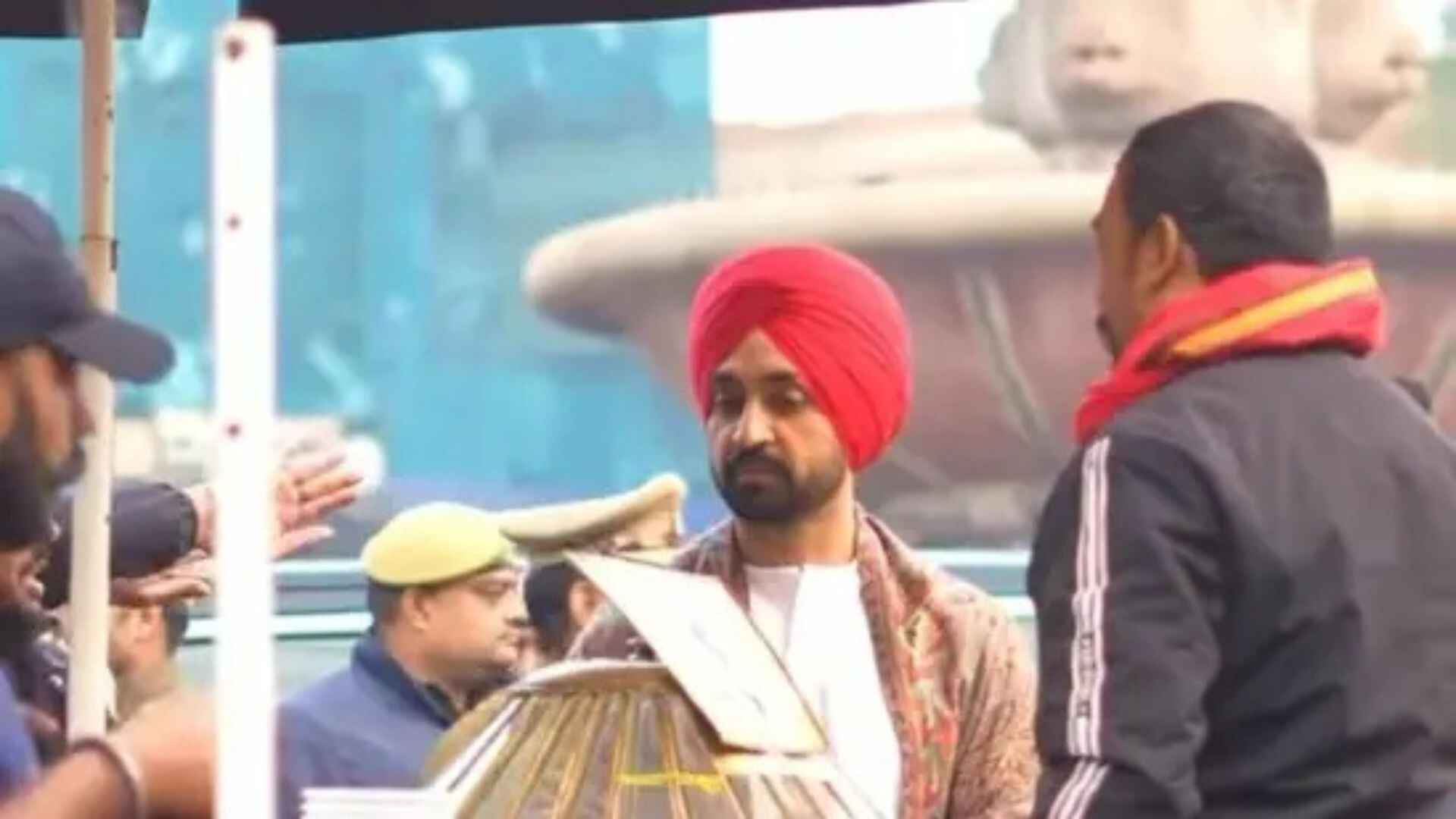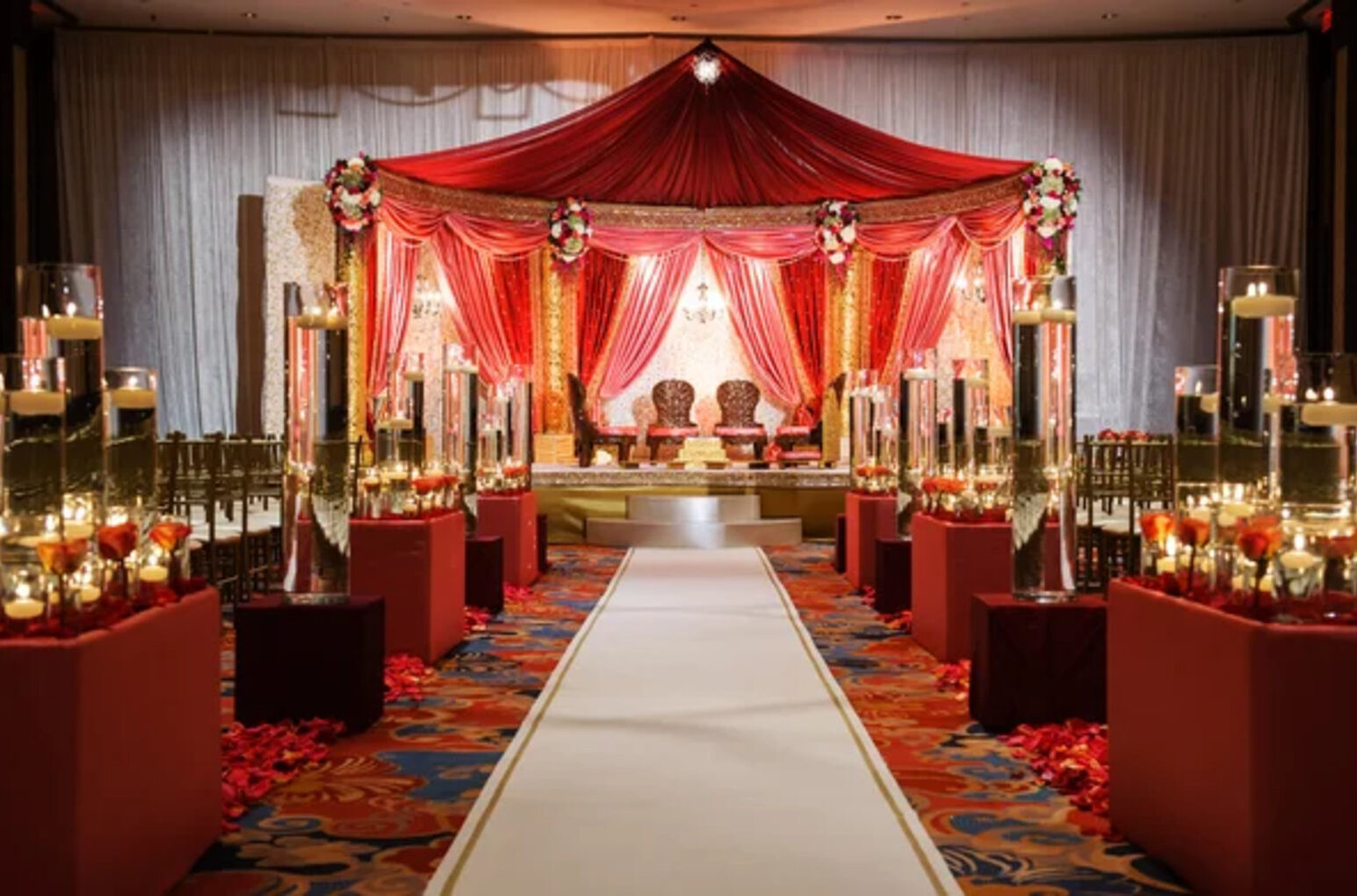
Indian weddings have long been a captivating subject for people around the world. These colourful performances are, however, famous for the marriage of heavy colours, tradition, and the spirit of joy which is seen in everyone during the event. From elaborate rituals to lively entertainment, Indian weddings offer a captivating experience that has enchanted generations of observers both within and beyond the subcontinent. However, a recent phenomenon has emerged and it looks like an addition to this tradition – the appearance of the so-called “Big Fat Indian Wedding. ” These lavish affairs often exceed initial budgets and societal expectations, one can question the true essence of this transformation. Is it a celebration of love and the union of two souls on a grander scale, or has the emphasis been shifted to flaunting the economic status and giving in to the fad of the growing wedding business and social norms?
The Effects of the Indian Wedding Industry on the Economy
A new report reveals that the overall value of the Indian Wedding industry is $ 130 billion and claims to be second only to food and grocery wholesale. A report by Jefferies, an investment banking and capital markets firm, shows that the Indian wedding market is twice as big as the US market and still smaller than China. The expenditure on an Indian marriage comes to around USD 15,000 (approximately Rs. 12. 5 lakh) and this expense is double the amount an average Indian couple spends on education right from pre-primary to tertiary level. On the other hand, countries like the United States spend less than half as much on weddings as they do on education. On average, spending on a wedding is around five times India’s per capita GDP around $2,560 (over Rs 2.14 lakh), and more than three times the average annual household income of around Rs 4 lakh. India’s wedding spend-to-GDP ratio is significantly higher than in many other countries. Luxury weddings, costing between Rs 20 lakh and Rs 30 lakh, involve even higher spending, with the upper end being particularly lavish. The report emphasizes that due to the size and scale of the industry, Indian weddings are a crucial growth driver for various sectors, including jewelry, apparel, catering, and travel. Over half of the jewelry industry’s revenues come from bridal jewelry, and more than 10 percent of all apparel spending is driven by weddings and celebration wear. Wedding jewelry accounts for the biggest share of wedding expenses, at nearly 25%, followed by catering at 20 percent, and events at 15 percent.
Factors Driving the Big Fat Indian Wedding Trend
Media and Celebrity Influence
Bollywood celebrity weddings and their extensive media coverage set new standards for wedding celebrations, influencing public perceptions and expectations. Talking about celebrities, luxurious weddings of famous Indian movie stars have set a new level of the dream wedding.
Social Pressure and Status
The concept of “Log Kya Kahenge?” (What will people say?) plays a crucial role in the planning of Indian weddings. Weddings have become a means of displaying social and financial status, with families feeling compelled to host grand events to meet societal expectations and avoid potential gossip or judgment.
Social Media and Competition
Weddings today are all about wanting to be seen as trending, hence, the youth have been partakers of the competitive spirit as per social media hashtags like ‘Instagramable’ weddings. This culture of capturing and sharing moments on social media has greatly affected the magnitude and kind of Indian weddings that people nowadays embrace.
Wedding Industry Influence
The rapid growth of weddings as a special service constantly innovates various trends, types of services, and products, inspiring people to spend more money. This ranges from destination weddings to hiring your own wedding planner, who can help design and set up the wedding of the bride’s and groom’s dreams, covering the trend of people wanting to have a one-of-a-kind and luxurious wedding.
Cultural Significance
Marriages are regarded as one of the most sacred institutions in Indian society; hence, For many Indian families, hosting the perfect wedding isn’t just a desire, it’s a heartfelt mission. Parents often dream of their children’s special day from the moment they’re born, saving for years and pouring their hearts into every detail. From the vibrant decorations to the mouth-watering feast, each element is carefully chosen to create memories that will last a lifetime. Hence, the social and religious importance accorded to marriage is enough to rationalize such expenses as families try to pull all the stops that are allowed by society in those ceremonies.
Societal Impact and Concerns
Shifting Focus
The emphasis on grand celebrations often overshadows the true meaning of marriage as a union of two individuals and families. The core values of commitment, love, and partnership can be lost amidst the extravagance and spectacle.
Financial Strain
It is common for families to financially overreach just to fit the social standards set in the society often at the long-term detriment to the family’s financial stability. The demand to have a big wedding leads to borrowing of funds and contracting debts so as to enable them to have the big wedding that their culture requires them to have thus straining the financial stability of the family.
Social Inequality
The trend deepens social disparity as parents in lower classes are forced to emulate those in higher classes despite the differences in capability. This disparity can lead to feelings of inadequacy and social exclusion among those who cannot afford such opulent celebrations.
Consumerism and Waste
Critics argue that these lavish weddings promote unhealthy consumerism and generate significant waste, raising environmental concerns. The use of non-biodegradable decorations, excessive food wastage, and extravagant use of resources contribute to environmental degradation.
Education vs. Wedding Spending
Couples are now willing to spend twice as much for marriage ceremonies as they would spend on education, which sheds light on people’s willingness to spend heavily on glamour and festivities instead of investing in human resources. This trend raises questions about the societal values placed on education and personal development.
Changing Family Dynamics
Couples and families may go into financial debt to cater for the expenses of weddings hence resulting in family complications and changes in the type of roles assumed by families during the organization of weddings. Disagreements over budget, planning, and expectations can lead to conflicts and tensions within families.
The Changing Landscape of Indian Weddings
The Indian wedding landscape is undeniably transforming, reflecting broader economic and social trends. While the splendor and cultural richness remain integral to the celebrations, the scope and the opulence are at an all-time high. This shift raises important questions about priorities and societal values, particularly in a country where significant portions of the population still grapple with economic challenges. In the Indian context, marriage is not just a union between two individuals but a bond between two families. It signifies the blending of traditions, cultures, and values, creating a new family unit grounded in mutual respect, love, and understanding. Traditional Indian weddings are rich with rituals and customs that emphasize the sanctity and spiritual significance of marriage. Each ritual, from the Saptapadi (seven steps) to the Kanyadaan (giving away the bride), is symbolic of the commitments and responsibilities that come with marriage. While the grandeur of a lavish wedding can create unforgettable memories, the financial burden and societal pressures can have lasting impacts on the couple’s married life. The immediate aftermath of a costly wedding may involve dealing with debt and financial stress, which can strain the relationship. Additionally, the societal expectation to host a grand wedding can overshadow the couple’s personal preferences, leading to feelings of resentment and discontent. Furthermore, the emphasis on a spectacular wedding day can shift focus away from the essential foundation of marriage: building a life together based on mutual support, understanding, and love. The pressures of planning and executing a grand wedding can also create stress and conflict, which can carry over into the early years of marriage.
A Different Path: Priyanka and Rahul’s Story
An engaged couple from Delhi, Priyanka and Rahul, did not want this to be the fate for them. Although their families wanted them to have a very elaborate wedding, they settled for a wedding that was followed by a modest dinner for about fourty guests. And they then host a reception for their relatives and friends. They prioritized using the saved money for their future – higher education and a down payment on a home. “We believe a strong foundation for our future together is more important than a one-day extravaganza,” they say, reflecting a growing sentiment among some young couples.
The landscape of Indian weddings is undeniably evolving. While grandeur and cultural richness remain, the scale of extravagance necessitates a reevaluation of priorities. Striking a balance between tradition, modernity, celebration, and financial prudence will be crucial for shaping the future of Indian weddings. Focusing on the true essence of marriage – building a strong, supportive partnership – can help couples navigate the pressures and expectations that come with modern celebrations.

